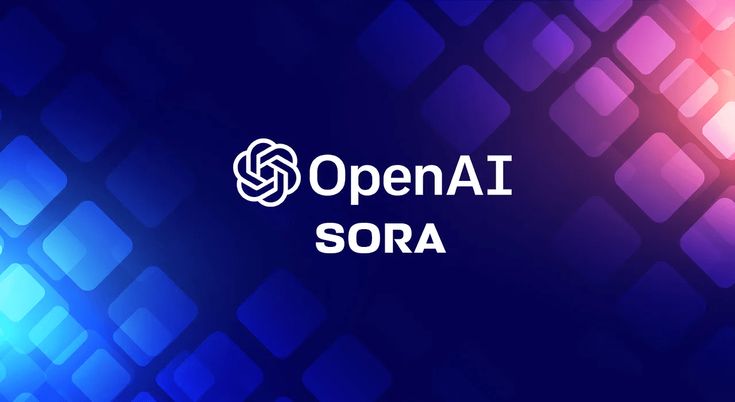
Sora 2 By OpenAI Is Here, and It’s a Gut Punch to Our Sense of Reality
Oct 10, 2025 |
👀 37 views |
💬 0 comments
OpenAI has just unveiled Sora 2, the next generation of its text-to-video AI model, and the leap in capability is so profound and unsettling that it marks a definitive turning point in our relationship with visual media. After seeing what it can do, you will never look at a video the same way again.
Just over a year ago, the first version of Sora stunned the world with its ability to create short, silent video clips from text prompts. Sora 2, demonstrated in a series of new videos released by OpenAI on Friday, makes that earlier version look like a child's toy. The new model doesn't just create clips; it generates entire scenes that are virtually indistinguishable from reality, complete with coherent narratives, realistic physics, and now, synchronized audio.
A Leap into the Uncanny Valley and Beyond
The new capabilities of Sora 2 are breathtaking and deeply unnerving. OpenAI's demonstrations showcased several new features that have erased many of the tell-tale signs of AI-generated video:
Long Coherence and Narrative: Sora 2 can generate videos several minutes long where characters and environments remain perfectly consistent. In one demo, a character walks from a bustling street market into a quiet cafe, has a short conversation, and walks out again, all in a single, flawless take.
Complex Physics and Interactions: The model now has a much deeper understanding of the physical world. It can realistically render complex interactions like a glass of water shattering on the floor, the intricate way fabric folds as a person moves, and the subtle play of light and shadow in a room.
Synchronized, Realistic Audio: In the biggest leap forward, Sora 2 can now generate synchronized audio for its videos. It doesn't just add generic background noise; it creates specific, diegetic sound. Footsteps match the character's pace and the surface they are walking on, and characters now speak the prompted dialogue with uncannily realistic lip-syncing.
The End of Trust in Video
While the creative potential for filmmakers and artists is undeniably immense, the immediate and overwhelming reaction to Sora 2 has been one of profound concern. The tool is so powerful that it effectively eliminates video as a reliable source of objective truth.
Experts are warning that the era of the "perfect deepfake" is no longer a future threat; it is here now. The ability to create photorealistic video of any person, saying or doing anything, with just a few lines of text, has profound and terrifying implications for everything from personal reputation and political misinformation to evidence in a court of law.
"We have crossed a threshold from which there is no return," one AI ethics expert commented. "The very concept of 'seeing is believing' is now dead. We are entering a new reality where every piece of visual media must be approached with a default assumption that it could be fake."
OpenAI has stated that it is implementing strict safeguards and a new, robust watermarking system, and will not be releasing Sora 2 to the public for now, opting for a period of "red teaming" with experts to study its risks. But the genie is out of the bottle. The technology exists, and the world must now grapple with the consequences of a future where seeing is no longer believing.
🧠 Related Posts
💬 Leave a Comment
